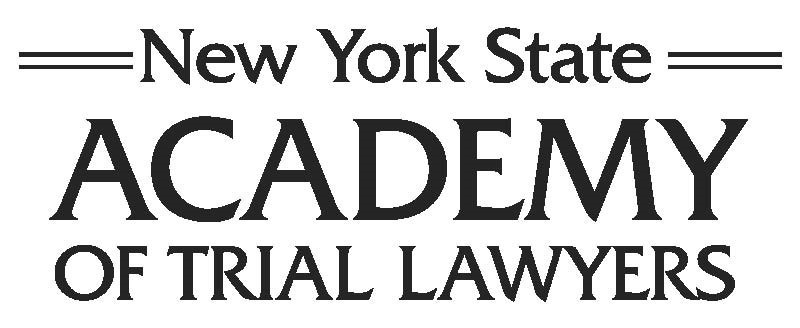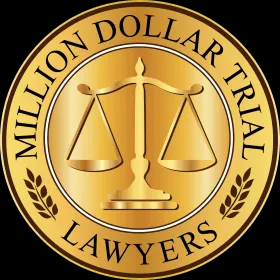The Anatomy of a Law Suit
ANATOMY OF A LAW SUIT
If you are currently involved in or contemplating litigation, you should understand how a law suit proceeds. Personal injury lawsuits begin with the filing of a Complaint or Petition by the plaintiff against one or more defendants. That complaint or petition sets forth facts and law supporting the plaintiff’s claims.
This complaint or petition must then be served on the defendants, who have a set period of time to file an answer. The defendant’s answer either admits or denies the allegations contained in the complaint. The answer also sets forth any specific defenses that the defendant is alleging to the claims made by the plaintiff.
After the answer is filed by the defendants, the lawsuit enters into a period called discovery. Discovery is a term used to describe the period during which the parties learn about or “discover” all of the facts and witnesses and testimony supporting the claims and defenses.
Typically, discovery encompasses the exchange of written questions called interrogatories, the requests by the parties for the production of documents, the requests by the parties to admit certain facts, and the deposition testimony taken from the various witnesses. Depending on the size of the case and the documents and witnesses involved, this process can take years to complete.
Another phase of litigation is the discovery of and exchange of information regarding expert witnesses. In most cases, the law requires that the liability and damages suffered by the plaintiff must be proven by expert witnesses. Depending on the type of case involved, these experts may include accident reconstruction experts, engineers, physicians, safety experts, highway design experts and the like. Each party will attempt to take the deposition of the opposing party’s expert witness to discover the opinions of that expert.
In most jurisdictions, after the completion of discovery, the parties can then move the court to set a trial date. The court usually sets a date which is mutually convenient to all parties and it is usually set many months later. Some courts, including federal courts, start the case by setting deadlines, including a trial date, by which the parties must have the case prepared. A scheduling order is entered by the court giving both sides notice of the court-imposed deadlines to complete discovery, exchange witness and exhibit lists and file any motions.
When discovery is complete, the court usually asks the parties to consider resolution of the case through settlement or mediation. However, if the parties are unwilling to settle the case, then it proceeds to trial.
Once all discovery is completed and the parties have finished filing whatever motions they wish the court to decide, the case can then proceed to trial. On the morning of the trial date the court decides which of a number of cases scheduled to be tried that day will proceed forward.













